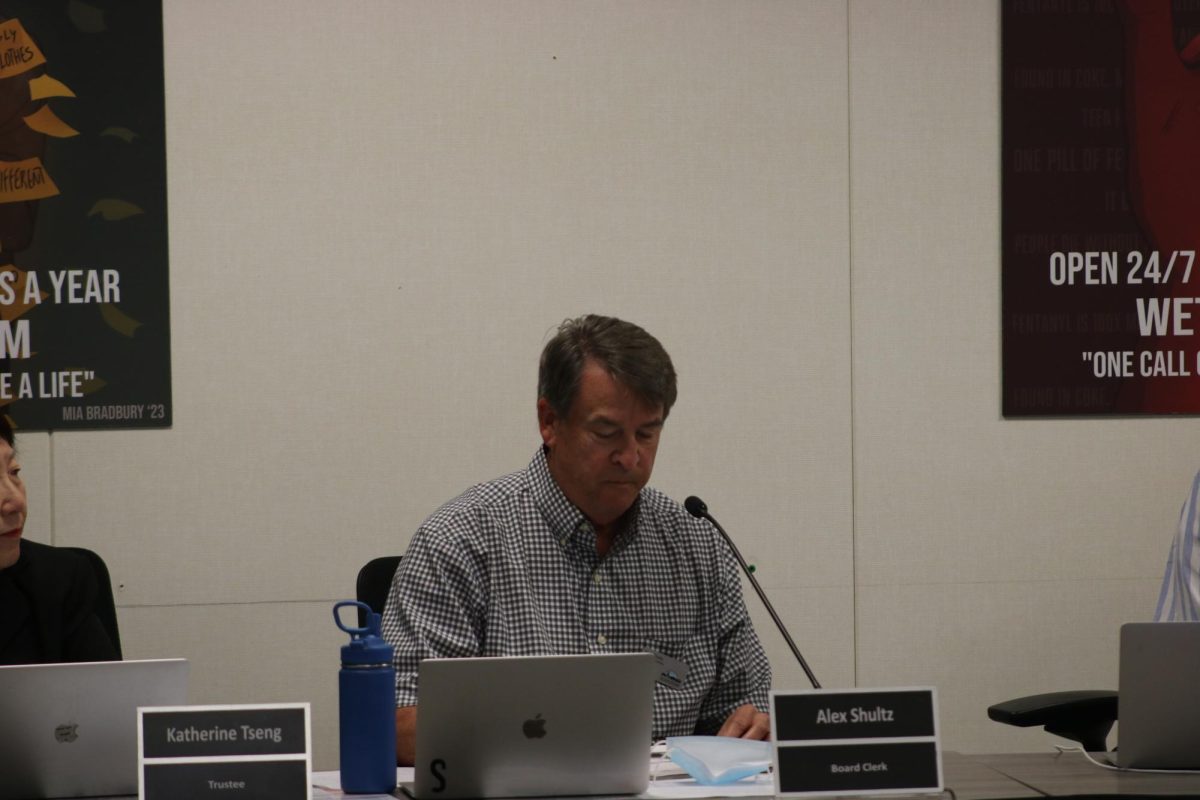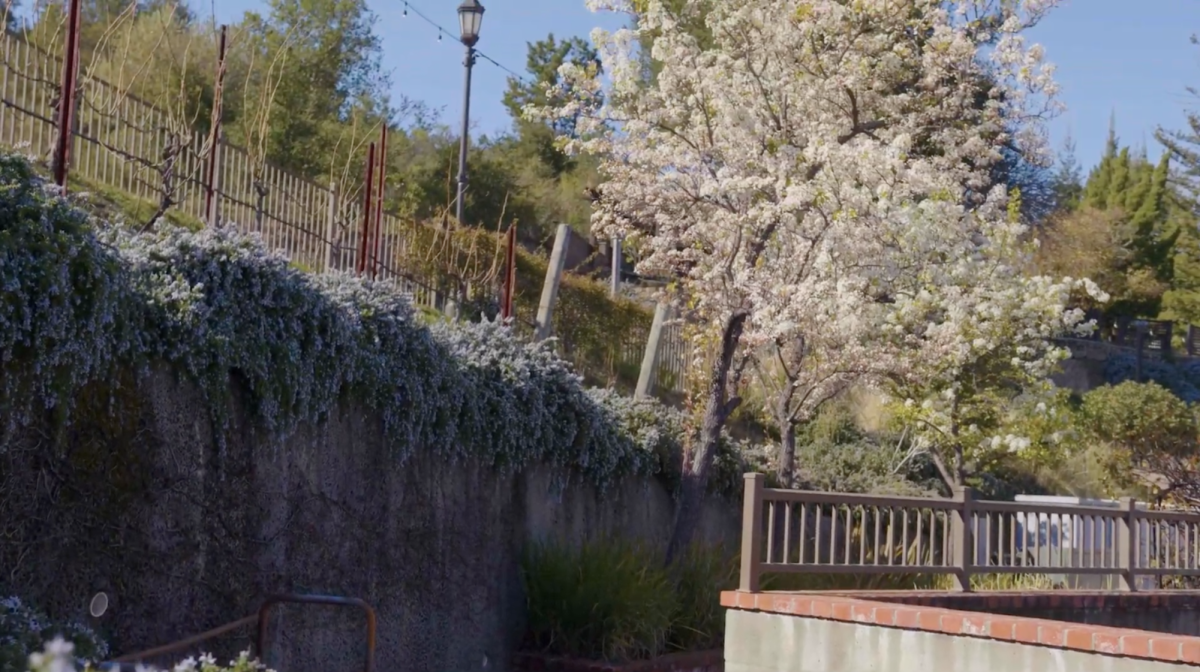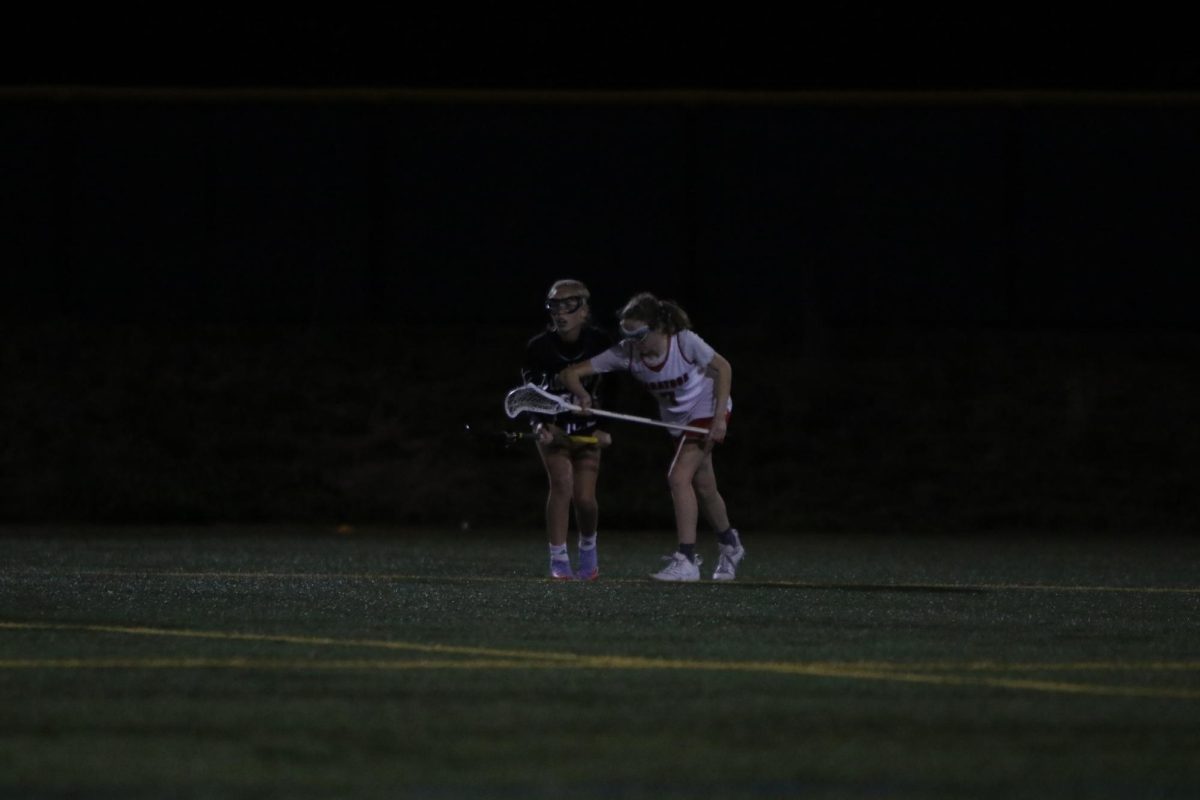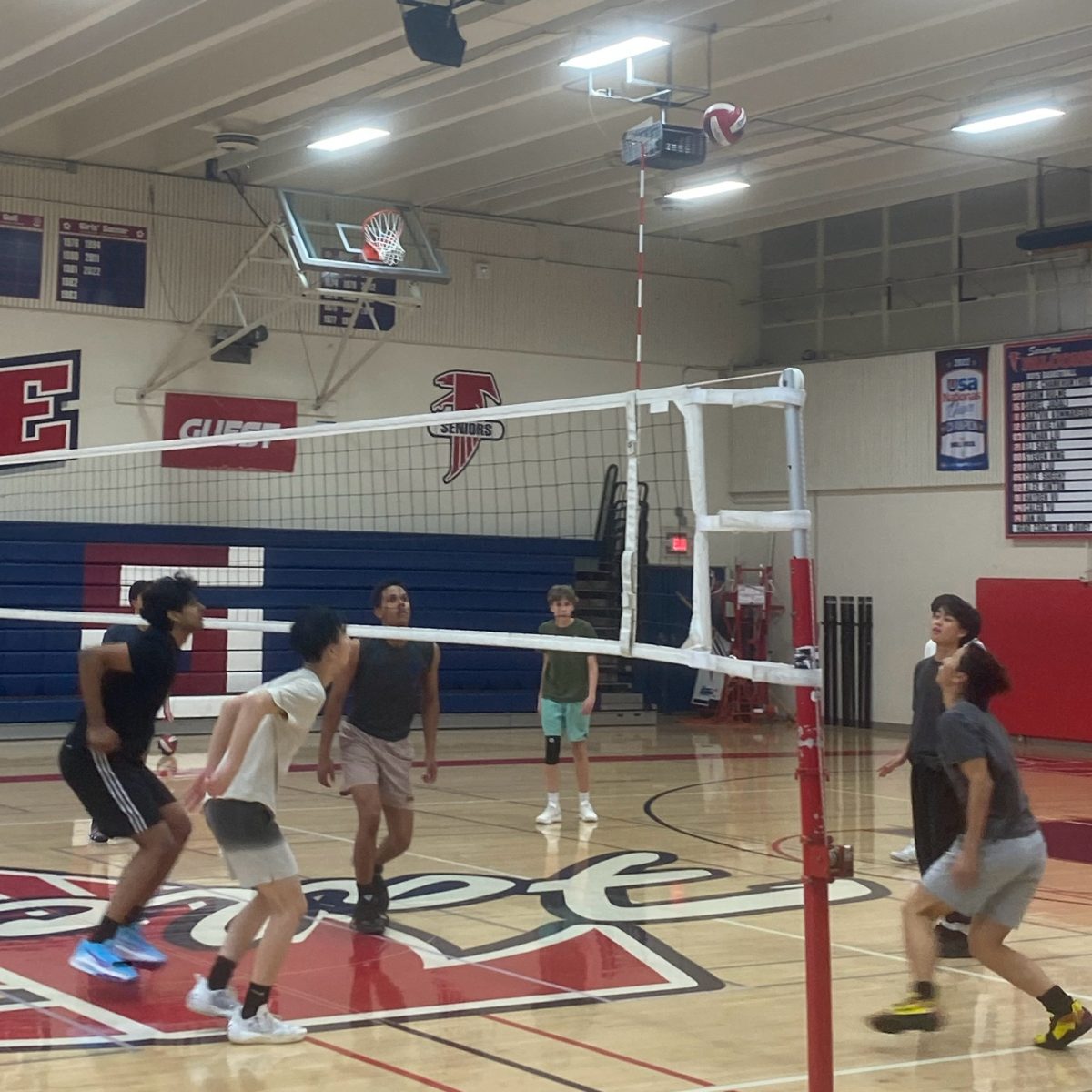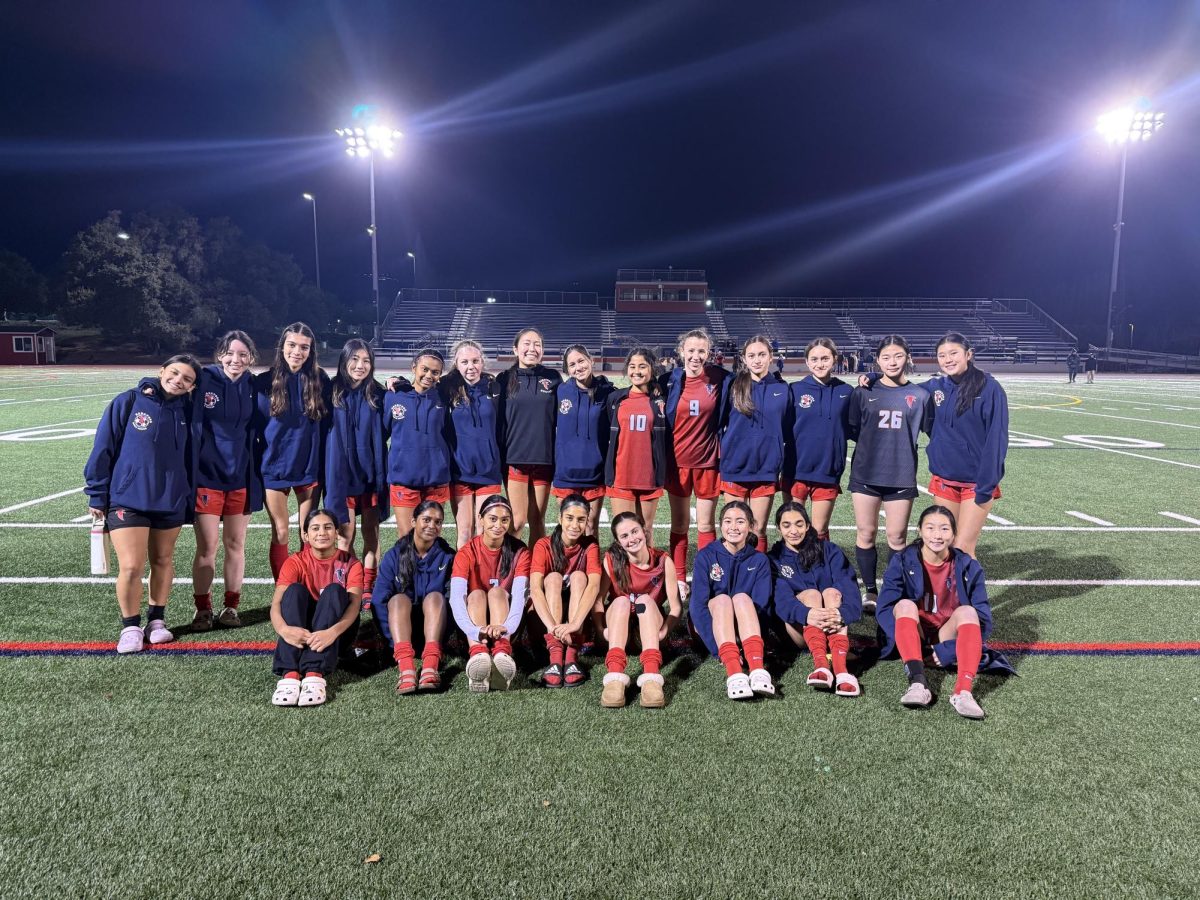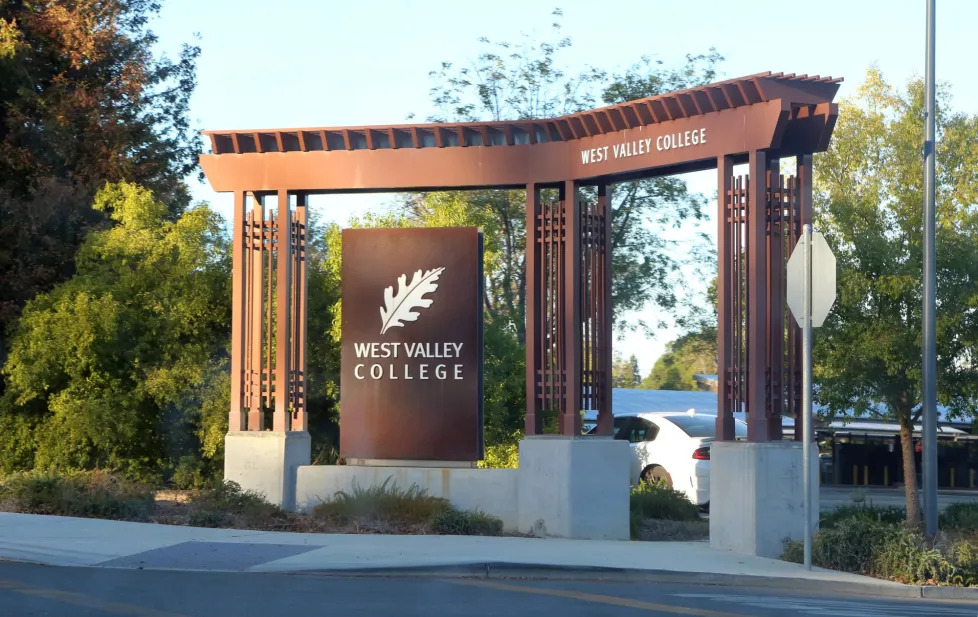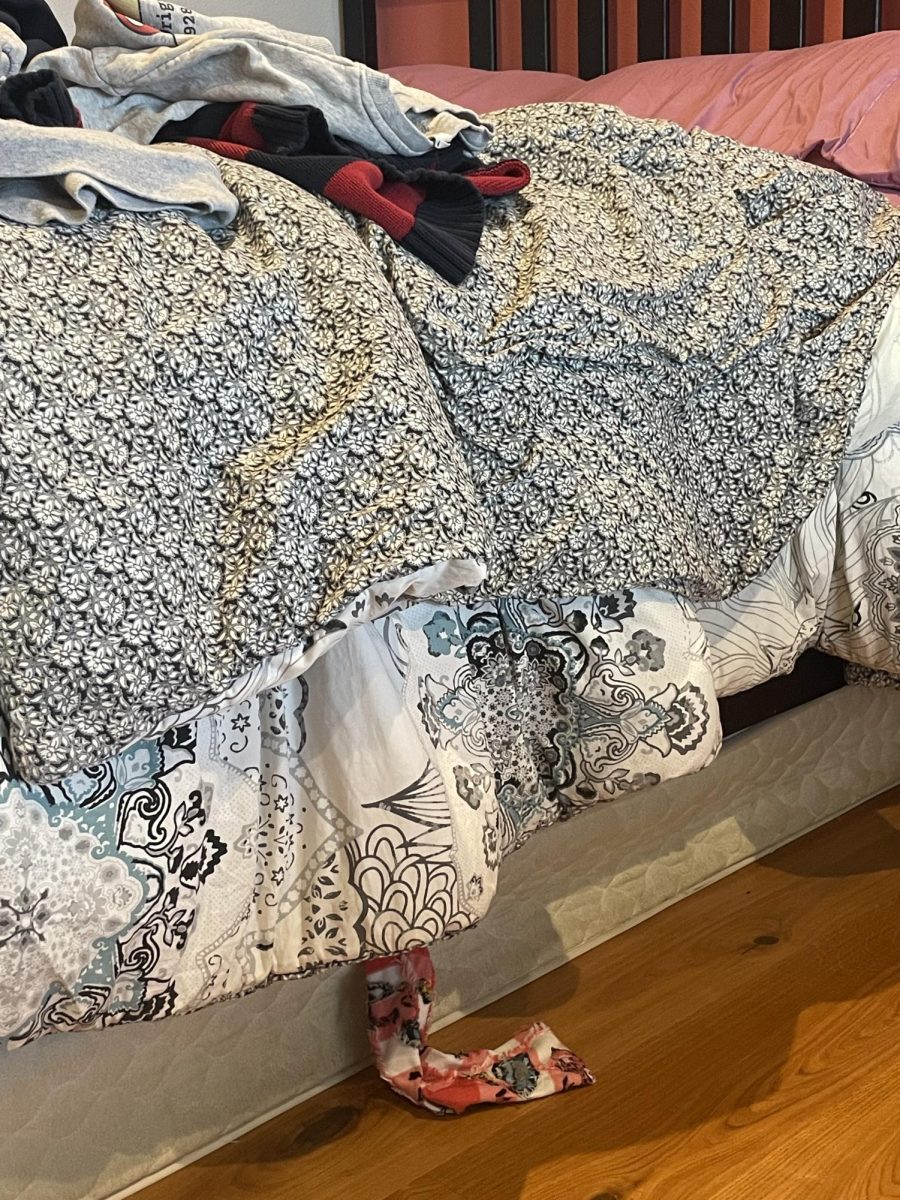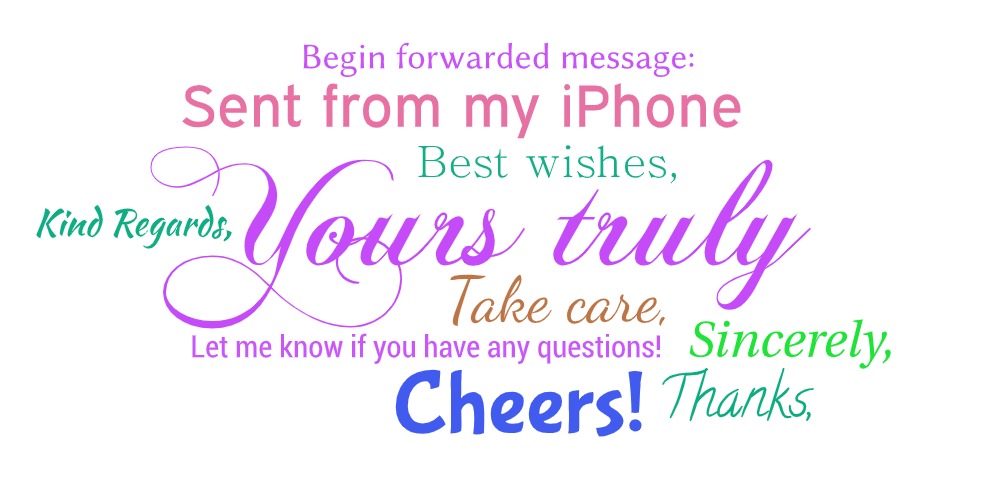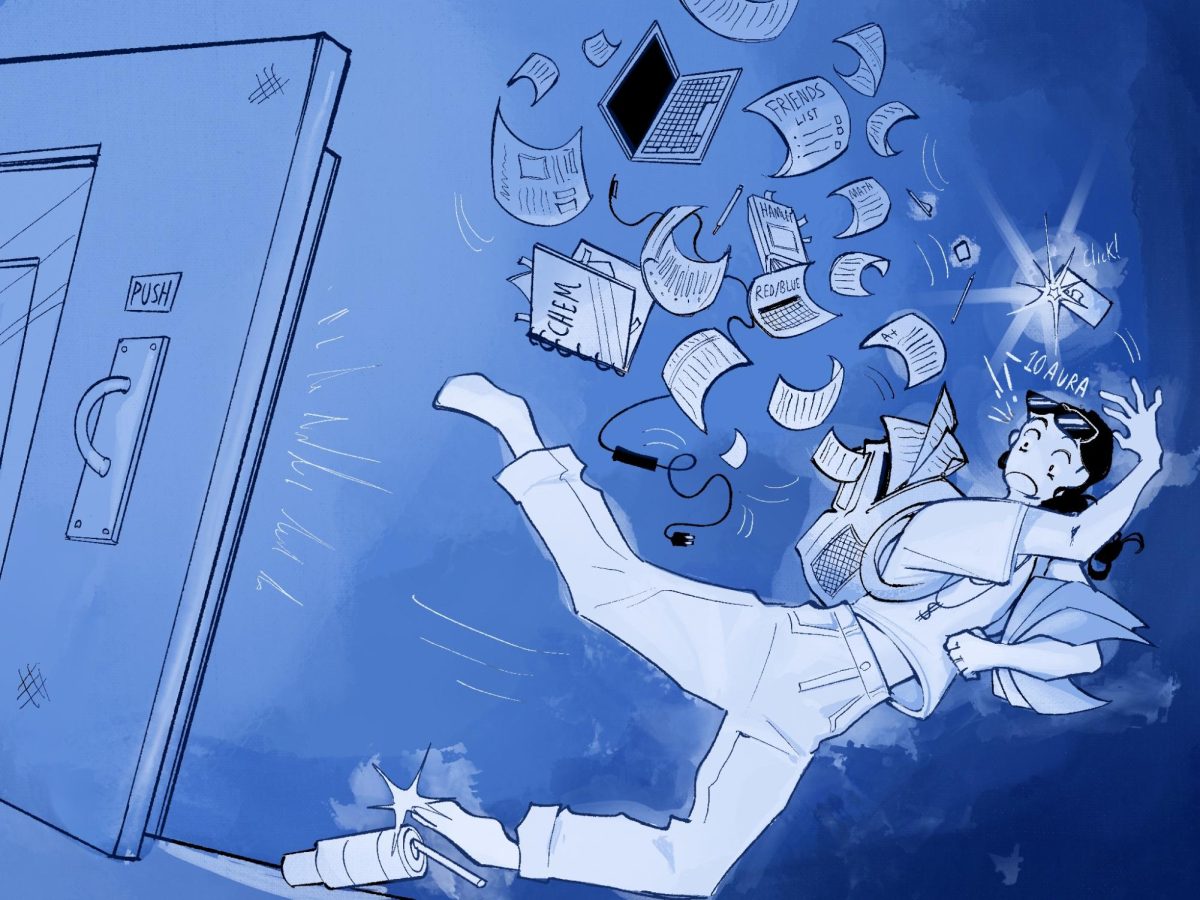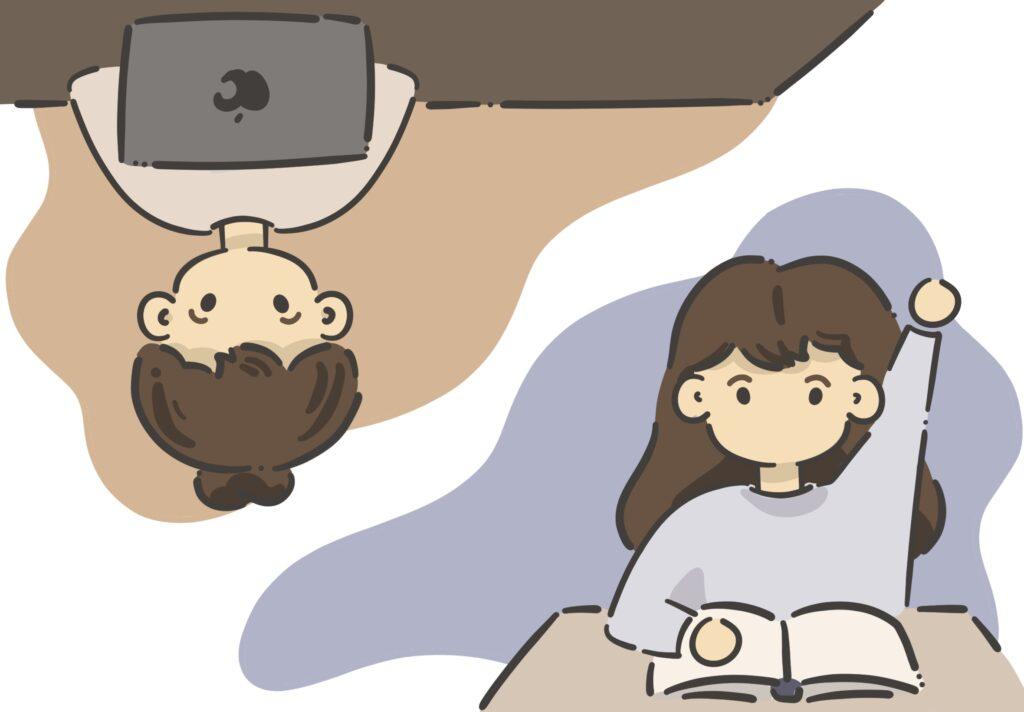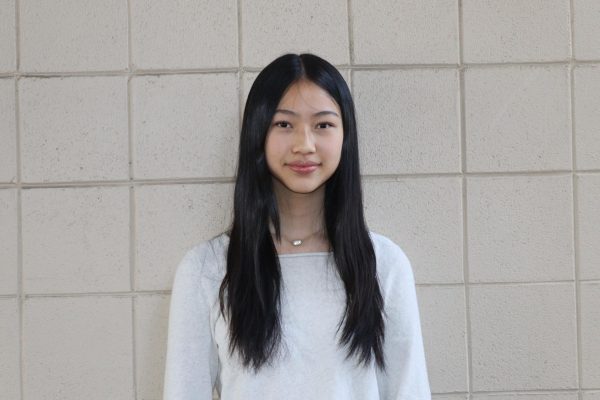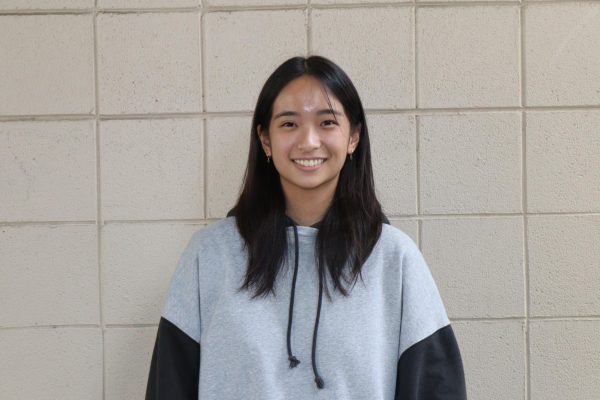Going home to a never-ending list of activities and extracurriculars after school is draining enough. Wouldn’t it be even more tiring to learn everything — that’s supposed to be taught at school — at home too? For most students, this nightmare has become reality as more teachers switch from a traditional classroom to a flipped classroom.
Flipped classrooms have been around for more than a decade, but in recent years, they have become increasingly popular. Teachers have discovered the supposed benefits of assigning students to take lecture notes at home rather than doing direct instruction during class.
During quarantine, many teachers found this flipped strategy effective for its efficient online method. Even as students repopulated the school after the initial shock of the pandemic, many teachers continued a flipped teaching model. In our view, it’s time to return to a more traditional approach.
For one thing, it’s a chore to watch long and boring lectures with fatiguing eyes and an inescapable temptation to just fast forward through the video. Having the lectures prerecorded makes understanding every single piece of material a lot more difficult. Rewinding it back and forth doesn’t always help either, and by the time students get to the classroom, it’s common that they will have forgotten the questions they had while they watched.
Watching a teacher demonstrate the lab on video is not the same as seeing it live; the magic and discovery are stripped from a student not being able to attempt the same lab themselves immediately afterward. As teachers continue to rely on videos, students become dependent on passive learning methods, such as Googling for answers rather than asking for help. It’s little surprise that these passive learning tendencies make it harder to retain material.
Meanwhile, traditional non-flipped classrooms come with a wide range of benefits. Its structured nature motivates students to stay focused and engaged. If there is ever anything confusing, hands can go up and students can receive immediate support and clarification. This supportive and comforting environment has been used for centuries without complaint.
Flipped classrooms may be effective for some students, but for others, the negatives outweigh the positives. Too often they promote passive and detached learning, while traditional classrooms increase the odds that everyone remains engaged — and isn’t that one main point of all good teaching?

